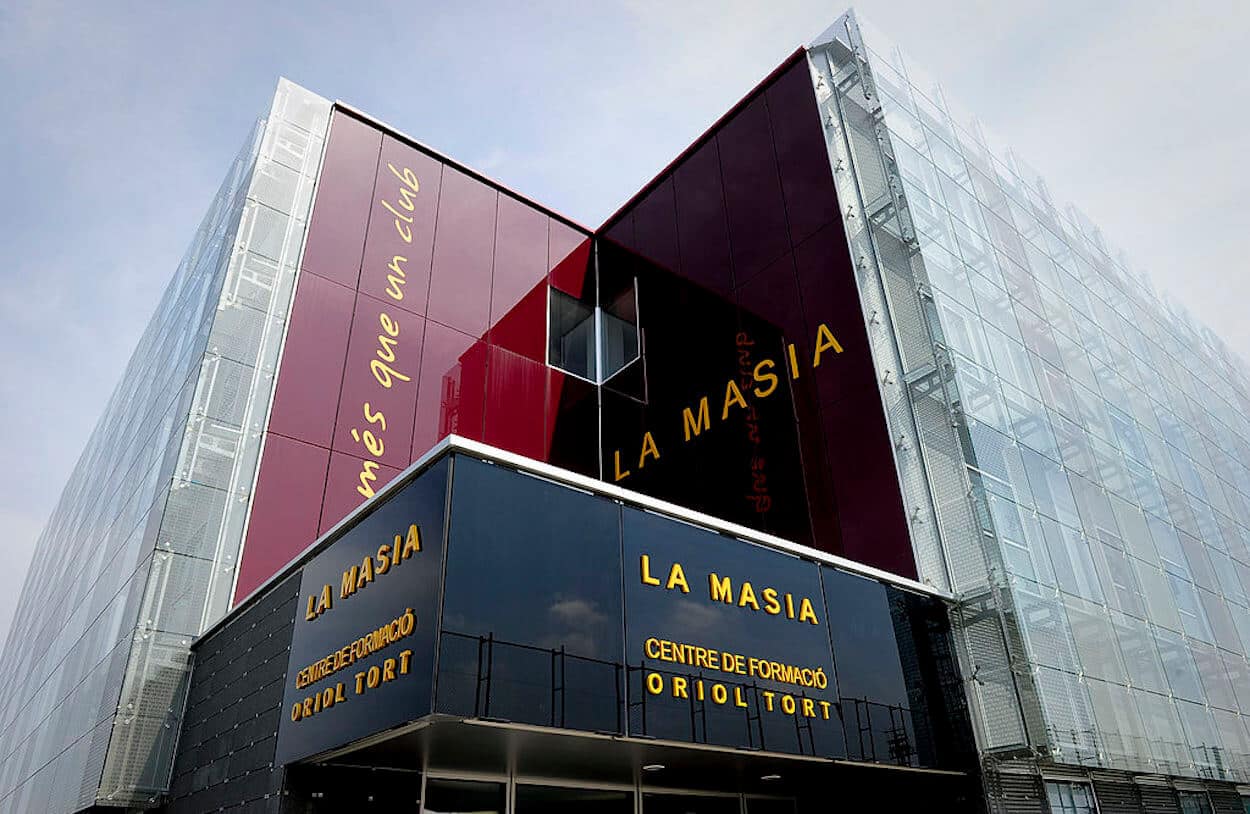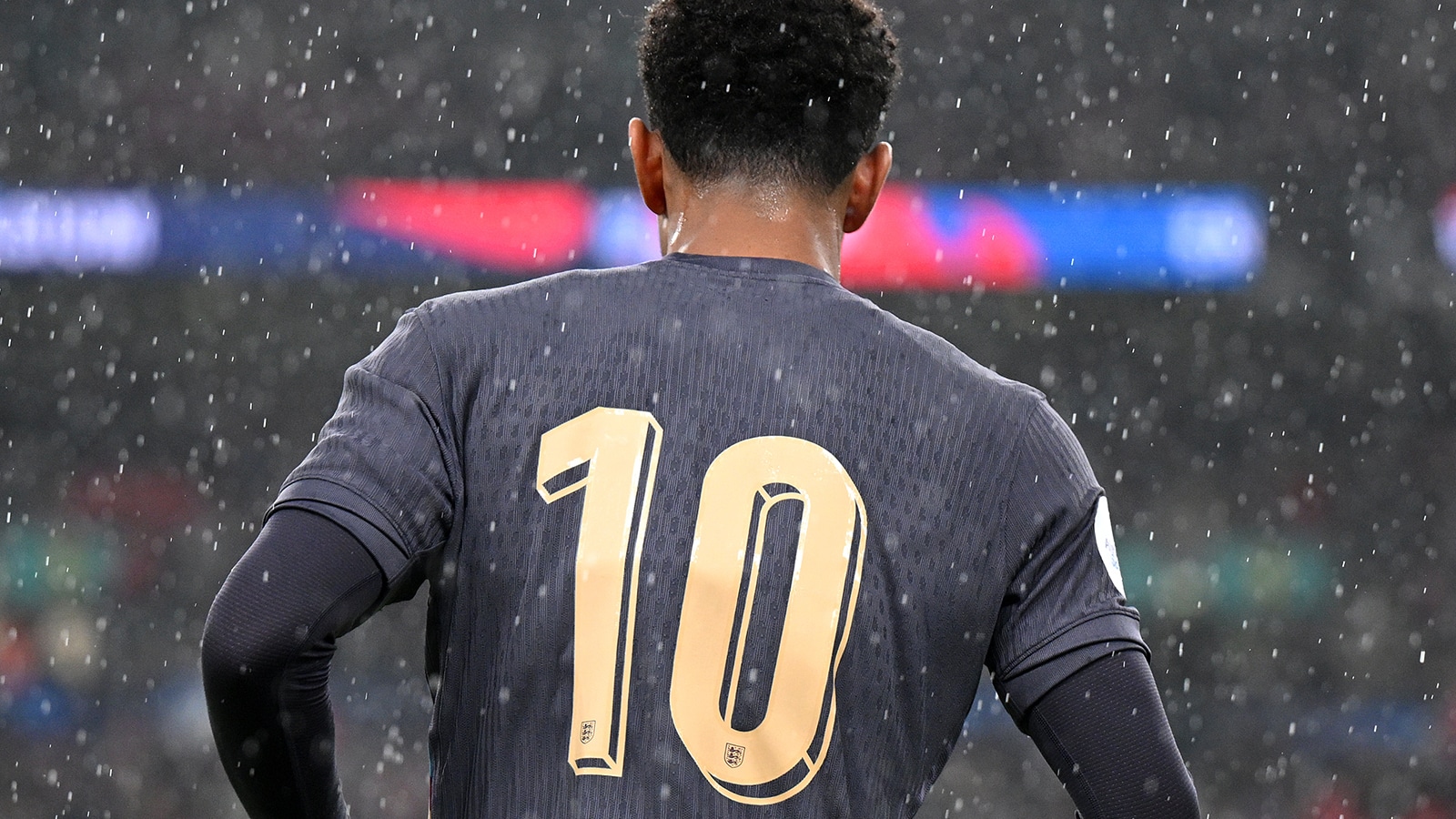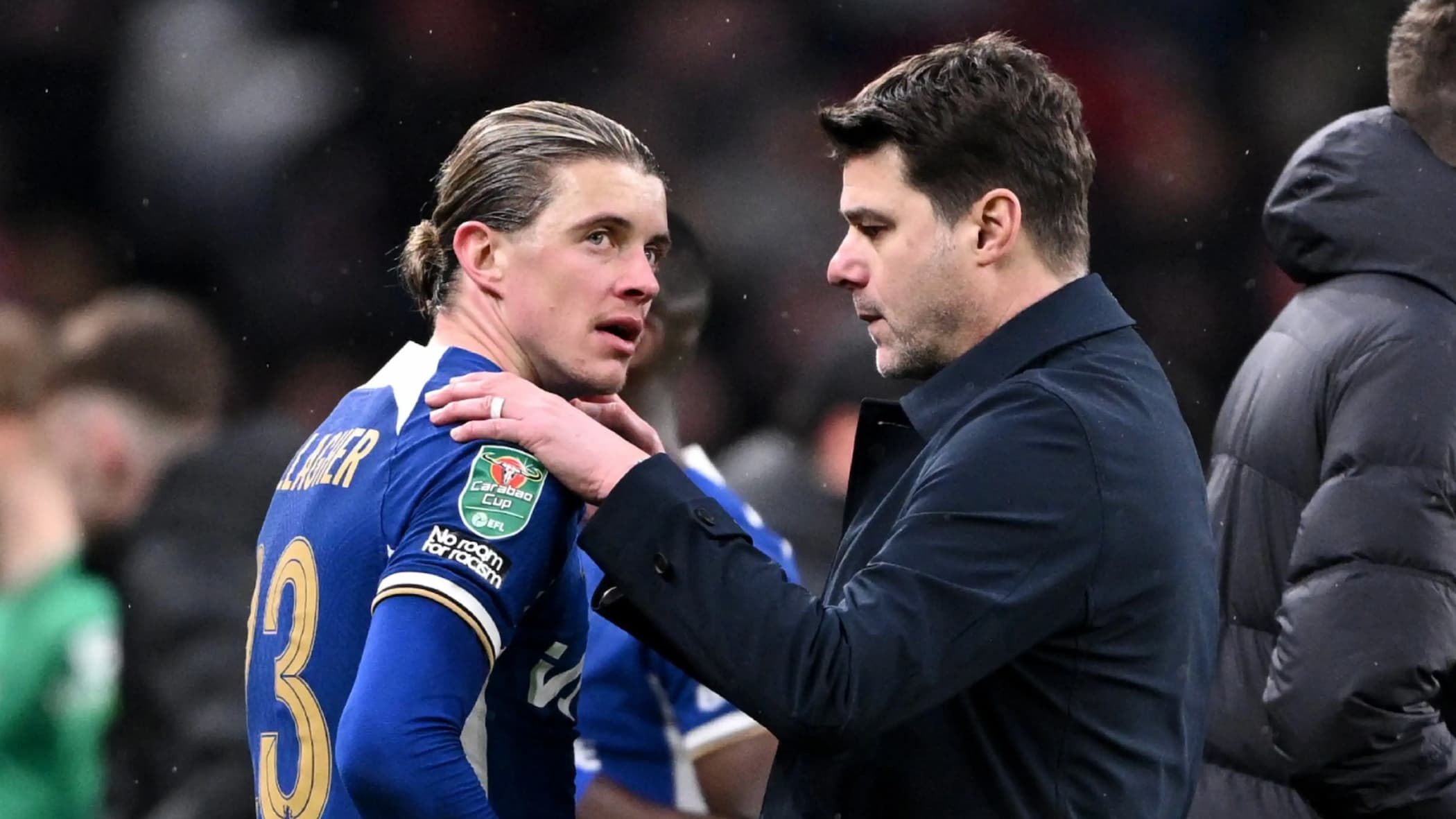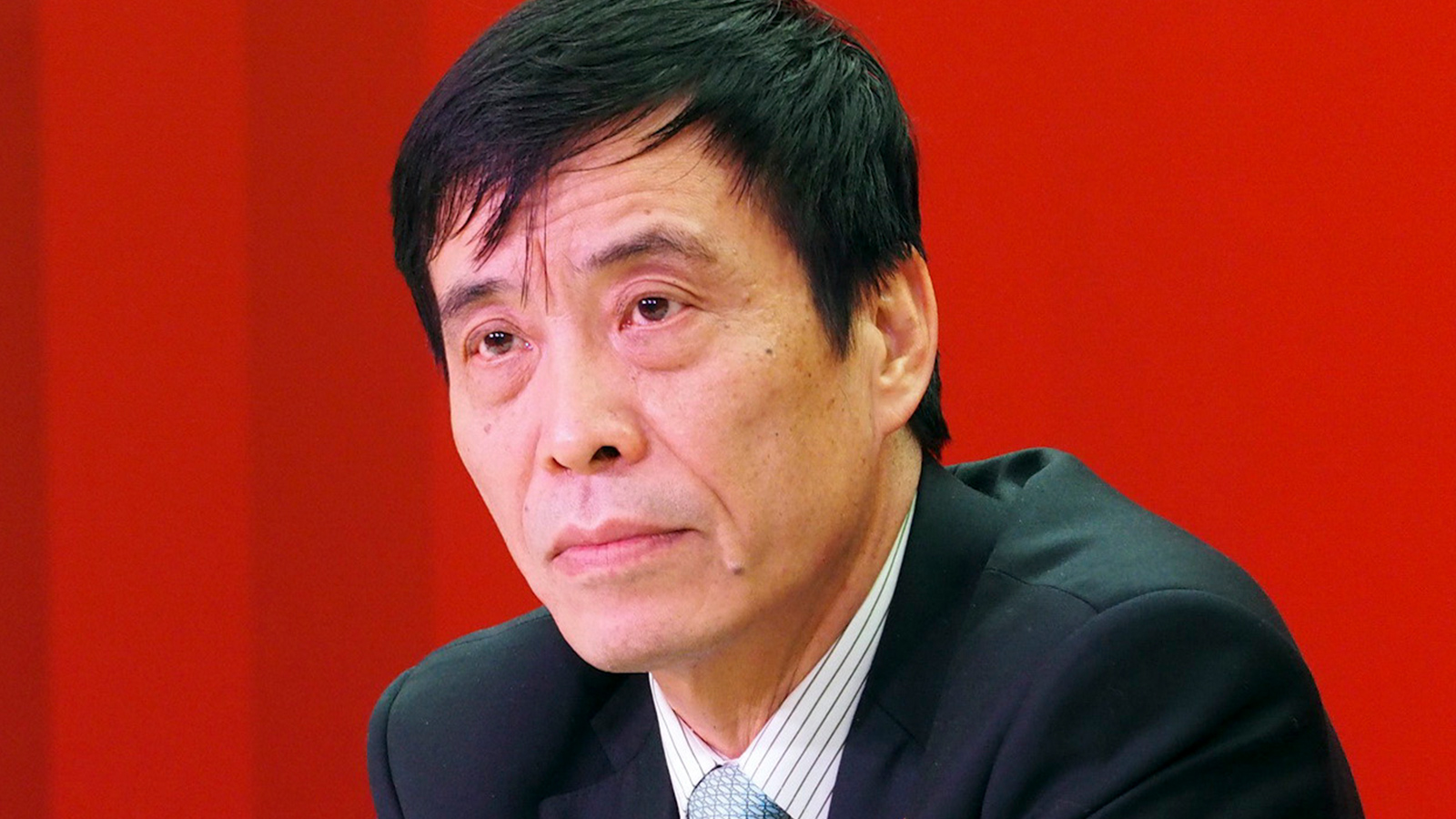
La Masia: How FC Barcelona’s Youth Academy Has Been Churning Out the World’s Best Soccer Players for 40 Years
Just like in other sports, soccer is a world where talent and skill are highly sought after. And in a sport with competitiveness on a global scale, few institutions have left a mark as indelible as FC Barcelona’s youth academy: La Masia.
Situated in the heart of Barcelona, Spain, this iconic academy has earned its reputation as the premier breeding ground for soccer excellence. The Harvard of soccer, La Masia stands head and shoulders above other youth academies, shaping not only Barcelona’s iconic style of play but also the world’s soccer landscape as a whole.
La Masia has a rich history of development
La Masia, meaning “The Farmhouse,” was established as Barcelona’s personal youth academy in 1979, which isn’t very far back considering the club first began winning trophies in 1902. For about two decades before La Masia, Barça’s youth academy was a more modest facility called Can Planes.
The transformation from Can Planes to the cutting-edge La Masia was catalyzed by one of Barcelona’s most revered heroes. Even outside of starting Barça’s talent factory, legendary Dutchman Johan Cruyff is known as a groundbreaking tactician whose philosophies are responsible for much of the club’s dominance in the decades since he laid his watermark.
La Masia swiftly established itself as the premier player development system in the world, surpassing even the quality of the institution that Cruyff used as its model — the Dutch academy of Ajax, where he received his training.
What is La Masia’s philosophy and vision?
At the core of La Masia’s success lies its unique philosophy, rooted in the renowned “Barcelona DNA.”
The academy emphasizes technical proficiency with the goal of retaining ball possession for as long as possible, using creative player movement to manipulate a defense’s stability, and making the most of even the slightest crack in an opponent’s formation.
Cruyff’s philosophy of “Total Football” also encourages each player to move freely around the field and take the role of one traditionally occupied by their position, allowing for a fluid and unpredictable team dynamic.
The academy’s holistic approach to player development goes beyond on-field skills. La Masia instills values such as strong team bonding, humility, respect for the game, and loyalty to the Blaugrana badge. It also greatly values education and promotes its trainees not just as model athletes and sportsmen but also as well-rounded individuals by emphasizing academic studies in conjunction with soccer, should they need an education to fall back on.
Integration of Players Into the First Team
One of the distinguishing features of La Masia is its commitment to integrating academy graduates into the first team.
Because of its unique philosophy and style of play, the best candidates for the FC Barcelona first team are often those nurtured by the club’s own traditions. In fact, on Nov. 25, 2012, FC Barcelona made history when they became the first-ever club to compete in an official fixture with an XI completely composed of products of their own youth academy.
And, to make that occasion even sweeter, they demolished a helpless Levante side 4-0.
Feats like this result from FC Barcelona’s rich commitment to ensuring a seamless transition for their most promising youth players from academy soccer to the pro stage. This often includes the older age groups getting opportunities to train alongside the pro teams.
Additionally, coaches from the pro teams often take the time to converse with the youth players to establish strong connections that could carry on for years to come. Legendary players like Lionel Messi, Sergio Busquets, Gerard Pique, Carles Puyol, Andres Iniesta, and Xavi are testament to the success of this system.
Few, however, epitomize the attributes of a La Masia graduate as well as Pep Guardiola.
Joining at age 13 in 1984, Guardiola’s time at the academy shaped him into a midfielder known for his vision, tactical intelligence, and precise passing. After graduating in 1990, he went on to become a key player for Barcelona’s first team and later achieved remarkable success as the team’s coach from 2008- to 2012. As a coach, he’s gone on to win the most prestigious accolades in the sport with other teams as well, including a Champions League title with FC Bayern Munich and, in June 2023, another Champions League title with Manchester City.
Two other iconic figures in soccer history, Xavi and Iniesta, played pivotal roles in Barcelona’s golden era from 1998-2015.
Joining the academy at young ages, Xavi and Iniesta honed their skills under La Masia’s guidance. Xavi’s remarkable passing accuracy and tactical brilliance, plus Iniesta’s exquisite ball control and ability to dictate the game, showcase La Masia’s profound impact on FC Barcelona’s style of play and its ability to develop players who embody the club’s footballing philosophy.
But outshining all of The Farmhouse’s fabled alumni is Lionel Messi.
Yes, that’s right. The man who the majority of the world considers the undisputed GOAT of the sport (especially after leading the Argentine National Team to World Cup gold in Qatar 2022) began his journey when he joined La Masia in 2003 at age 13 after FC Barcelona offered to finance the treatment of a growth hormone deficiency that could’ve ended his soccer prospects.
Arriving from Argentina with immense talent and potential, Messi flourished under La Masia’s collective guidance, developing his skills and developing into the footballing phenomenon he is today. This transformative experience not only set the stage for Messi’s awe-inspiring career but also solidified the academy’s reputation as a hub for nurturing exceptional talents.
It seems appropriate that the best player of all time came from the best academy of all time.
La Masia has provided plenty of inspiration to the footballing world
La Masia’s influence extends far beyond Spain’s autonomous region of Catalunya, where the city of Barcelona is located.
During the decades since the youth academy’s establishment, franchises all across Europe, such as English clubs like Manchester City and Southampton, as well as German sides like FC Bayern Munich and Borussia Dortmund, have made significant investments in reforming their youth programs and nurturing homegrown talents. Italian, Portuguese, and other Spanish clubs have also drawn inspiration from La Masia.
The impact of La Masia is not only felt on the soccer field but also in shaping the future of the beautiful game. As aspiring soccer players continue to flock to Barcelona, drawn by the allure of La Masia, the academy shines on as a bastion of soccer excellence.


